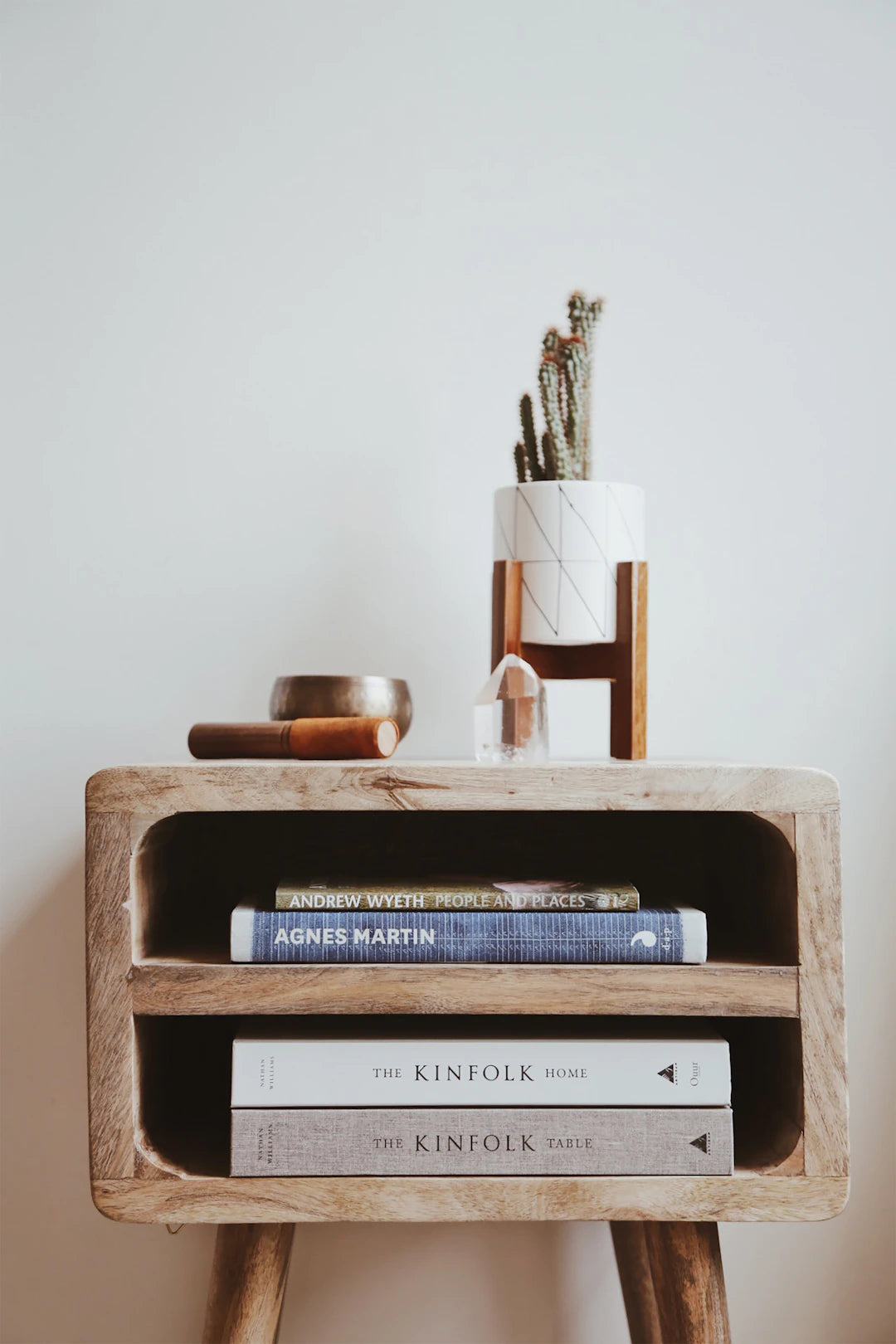In the world of interior design, the focal point is a critical aspect that can make or break the aesthetic appeal of a space. Every room has the potential to shine and speak to your personality when you implement thoughtful design strategies. Whether you’re decorating a cozy corner in your living room or arranging a serene setting in your bedroom, knowing how to create and accentuate a focal point can elevate your design game significantly. In this article, we'll explore various methods to establish a captivating focal point in any room, ensuring your home reflects both style and comfort.
Understanding the Concept of a Focal Point
What exactly is a focal point? In essence, a focal point is a visual element that draws the eye and serves as the centerpiece of a room. It can be anything from a piece of furniture to an artwork or a vibrant color. The goal of establishing a focal point is to create balance and harmony, making the space feel designed and intentional. Let’s dive deeper into how to identify and create that centerpiece.
Identifying Natural Focal Points
Before you start redesigning any space, it’s crucial to understand the natural focal points that may already exist in the room:
- Fireplaces: A classic choice, fireplaces naturally attract attention and provide warmth and ambiance.
- Windows: Large windows that offer stunning views can instantly become a focal point, especially when framed with beautiful window treatments.
- Architectural Features: Elements like built-in shelves, moldings, or decorative beams can serve as starting points for your design.
- Unique Flooring: Patterns or materials that stand out can also result in a captivating focal point.
Creating Your Own Focal Points
If your room lacks a natural focal point or you wish to create a new one, there are several strategies to consider. Here are ways to craft a stunning focal point tailored to your personal taste:
1. Statement Artwork
Art has the power to transform any space. A large piece of artwork can serve as a magnificent centerpiece that commands attention. Think about the following:
- Choose an artwork that resonates with you or tells a story.
- Opt for bold colors or striking imagery to create visual interest.
- Consider the scale of the artwork; a large canvas or an oversized print can act as a critical focal point in a sparsely decorated room.
2. Bold Furniture Choices
Furniture can play a vital role in creating a focal point. A piece that stands out ensures that the room feels inviting and engaging. Here’s how to make a statement:
- Select a vibrant color or an interesting shape.
- Incorporate unique designs, such as a vintage armchair or a modern table.
- Place it in a strategic position, ensuring it’s not overshadowed by surrounding elements.
3. Choosing a Color Palette
Colors can evoke emotions and set the tone of any room. If done correctly, utilizing color can be a fantastic way to create a focal point:
- Incorporate a bold color on one wall for a striking contrast against neutral tones.
- Use accessories (like cushions, throws or rugs) in complementary hues to tie in the color scheme without overpowering the space.
- Experiment with an accent wall—this draws the eye and gives the illusion of depth.
4. Utilizing Light Fixtures
Light fixtures can be both functional and artistic. A well-chosen lighting piece can be an exquisite focal point:
- Choose a unique chandelier or pendant light that enhances your design style.
- Consider adjustable lamps or floor lamps that can highlight specific areas.
- Use lighting to create ambiance; a well-lit focal point draws people in and makes the space inviting.
The Power of Textures
Incorporating various textures adds depth and intrigue to a room. By mixing materials, you can create visual interest that guides the eye towards a focal point:
- Combine soft fabrics with sleek surfaces, such as pairing a plush rug with a wooden coffee table.
- Consider using textured wallpaper or paneling as a backdrop for your focal point.
- Use natural elements, like plants or stones, to juxtapose against modern finishes.
Creating Visual Layers
Depth can be introduced through layering, making your focal point stand out even more. Here are some strategies to consider:
- Use plants or decorative items at different heights to create dynamic visual layers.
- Arrange furniture in a way that encourages sight lines toward the focal point.
- Incorporate varying sizes of accessories to create depth and attract the eye.
Balancing with Surroundings
Once your focal point has been selected or created, it’s essential to ensure it integrates seamlessly with the rest of the room. Balance is key:
- Avoid overcrowding your focal point with too many accessories; sometimes, less is more.
- Employ symmetry with adjacent items to enhance focus on the centerpiece.
- Consider the surrounding color palette; ensure it complements rather than distracts.
Embracing Personal Style
Your home reflects who you are, so when creating a focal point, don’t hesitate to include your personality and interests. This could mean:
- Incorporating family heirlooms or meaningful souvenirs.
- Using colors that resonate with your emotions and experiences.
- Designing a space that encompasses your hobbies, like a reading corner with a beloved chair and favorite books.
Conclusion: Your Journey to Stunning Spaces
Creating a focal point is more than just a design choice; it’s an opportunity to express yourself and design a space where comfort and style coexist. As you embark on your journey, remember that the key lies in intention. By taking the time to thoughtfully select your focal features, layering textures, and balancing the design, your rooms will transform into inviting spaces that reflect your personality beautifully. When you master the art of creating a focal point, you open the door to a welcoming atmosphere in your home. Happy decorating!

